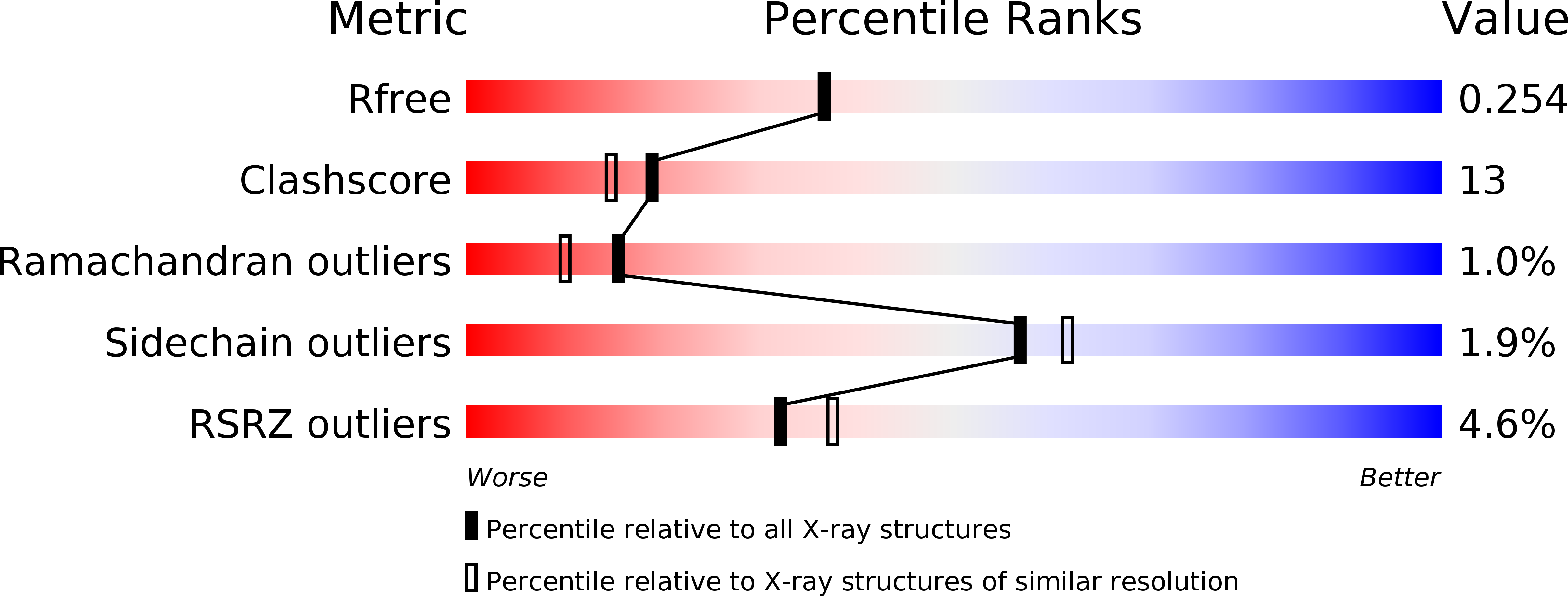
Deposition Date
2020-04-09
Release Date
2020-07-22
Last Version Date
2024-01-24
Entry Detail
Biological Source:
Source Organism:
Thermotoga maritima (Taxon ID: 2336)
Host Organism:
Method Details:
Experimental Method:
Resolution:
2.11 Å
R-Value Free:
0.25
R-Value Work:
0.21
Space Group:
P 1 21 1


